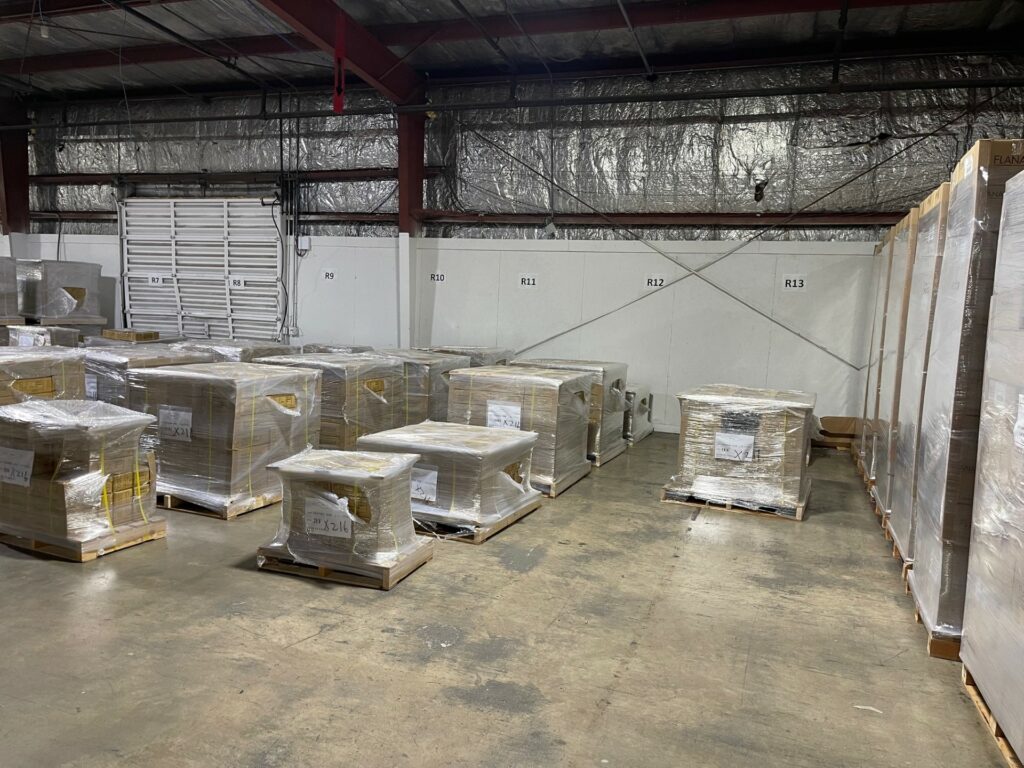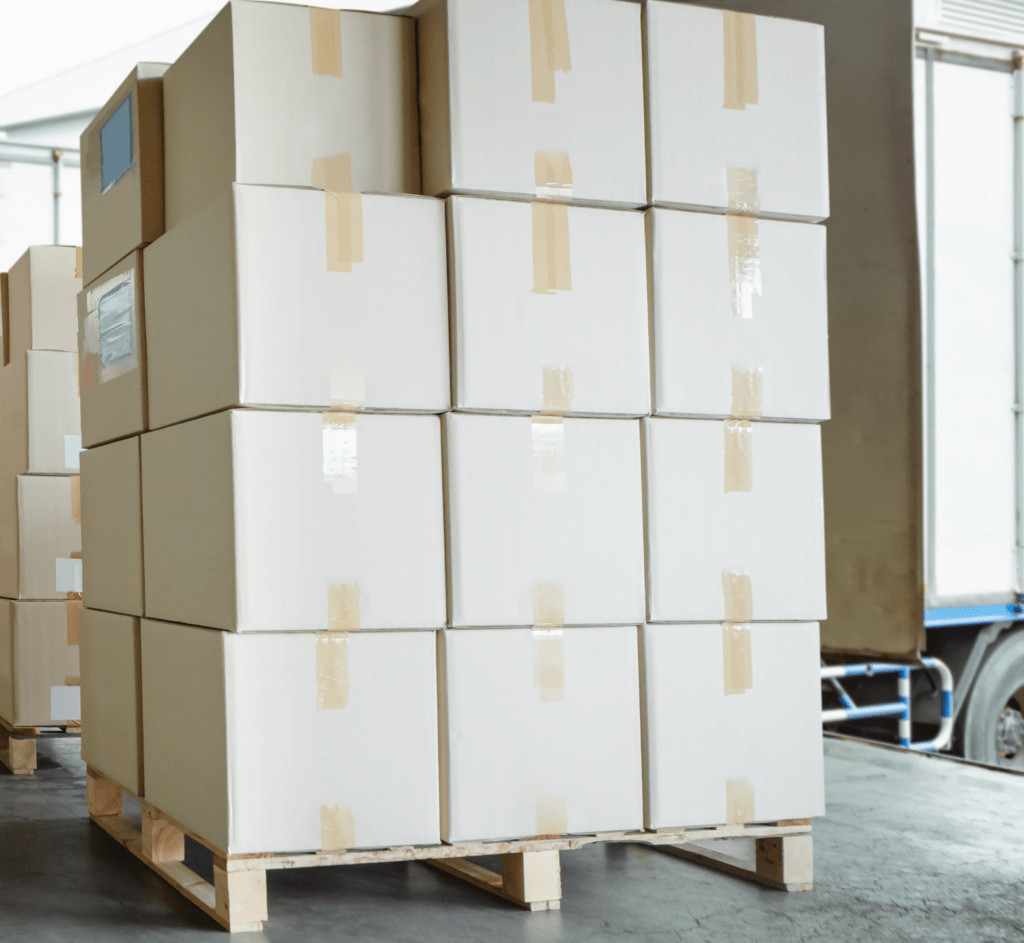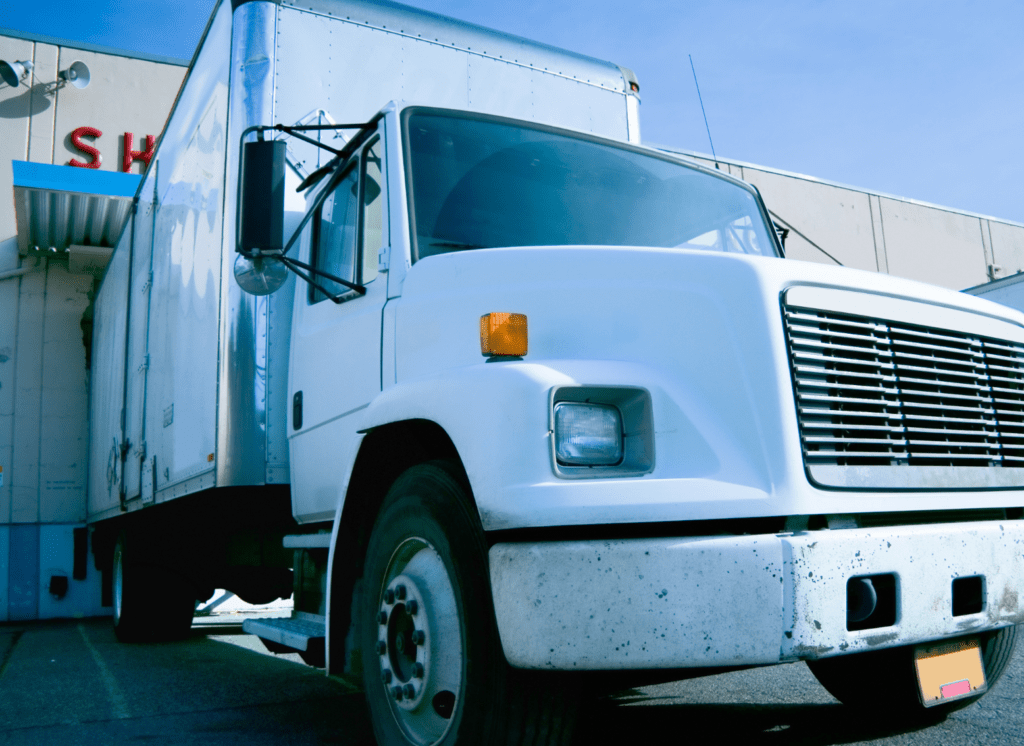Cross-Docking
For time-sensitive freight traveling through Knoxville, TN, and the Southeast, look no further than R&S Logistics. We provide experienced cross-docking services that minimize delays to save you time, money, and risk.
Headquartered in Knoxville, TN, R&S Logistics provides customer-focused supply chain management solutions. We have over a decade of experience serving the Southeast along with national and international markets. Our reputation is built on accuracy and flexibility, proving our dedication to keeping your company at the top of your industry.
We are a leading force in supply chain management, committed to offering tailored solutions that not only meet the needs of your clients but also contribute to the growth of your business while upholding a professional image. On top of cross-docking, we offer freight services, flexible warehousing, and distribution to enhance your competitiveness.
What is Cross-Docking?
Logistics Strategy

Logistics Strategy
Cross-docking is a logistics strategy involving the direct transfer of goods from inbound to outbound vehicles with little to no storage time in between. The primary objective is to streamline the supply chain by minimizing inventory holding costs and accelerating the flow of products through distribution centers.
Reduces Need for Storage

Reduces Needs for Storage
In traditional warehouse systems, products often spend considerable time in storage before being shipped out. Cross-docking, however, eliminates or significantly reduces the need for storage. Arising from the need to optimize operational efficiency, it reduces storage time so your business can cut down on warehouse space requirements and associated costs.
It does this by facilitating a swift transition from the receiving dock to the shipping dock. This approach is particularly beneficial for companies dealing with perishable goods or those aiming for just-in-time inventory management, such as retail and food distribution.
Accurate Demand Forecasting

Accurate Demand Forecasting
Additionally, cross-docking allows for more accurate demand forecasting. This is because products move through the supply chain more rapidly, enabling better responses to market changes.
The positive impact of cross-docking on your supply chain is significant. It enhances overall responsiveness by:
- Shortening lead times
- Minimizing handling and storage expenses
- Reducing the risk of product obsolescence
Enhanced Collaboration

Enhanced Collaboration
The streamlined process enhances collaboration between suppliers, manufacturers, and retailers, fostering a more agile and responsive supply chain network. This ultimately contributes to a leaner and more cost-effective supply chain that promotes competitiveness in today's fast-paced business environment.

Logistics Strategy
Cross-docking is a logistics strategy involving the direct transfer of goods from inbound to outbound vehicles with little to no storage time in between. The primary objective is to streamline the supply chain by minimizing inventory holding costs and accelerating the flow of products through distribution centers.

Reduces Need for Storage
In traditional warehouse systems, products often spend considerable time in storage before being shipped out. Cross-docking, however, eliminates or significantly reduces the need for storage. Arising from the need to optimize operational efficiency, it reduces storage time so your business can cut down on warehouse space requirements and associated costs.
It does this by facilitating a swift transition from the receiving dock to the shipping dock. This approach is particularly beneficial for companies dealing with perishable goods or those aiming for just-in-time inventory management, such as retail and food distribution.

Accurate Demand Forecasting
Additionally, cross-docking allows for more accurate demand forecasting. This is because products move through the supply chain more rapidly, enabling better responses to market changes.
The positive impact of cross-docking on your supply chain is significant. It enhances overall responsiveness by:
- Shortening lead times
- Minimizing handling and storage expenses
- Reducing the risk of product obsolescence

Enhanced Collaboration
The streamlined process enhances collaboration between suppliers, manufacturers, and retailers, fostering a more agile and responsive supply chain network. This ultimately contributes to a leaner and more cost-effective supply chain that promotes competitiveness in today's fast-paced business environment.
How to Streamline Your Supply Chain with Cross-Docking

Cross-docking optimizes transportation resources by allowing trucks to be used more efficiently. Trucks can be loaded with a mix of products headed to different destinations. This makes each trip more cost-effective by maximizing the payload and reducing shipping costs.
By eliminating the need for prolonged warehousing, companies save on storage expenses and reduce inventory holding costs. This streamlined process:
- Enhances overall supply chain efficiency
- Accelerates order fulfillment
- Lowers transportation expenses
Together, they make cross-docking a cost-effective solution that maximizes the utilization of resources in the logistics network.
Cross-docking is prevalent across diverse industries, including:
- Food and beverage
- Automotive
- Pharmaceuticals
- Chemicals
This is thanks to its ability to enhance supply chain agility.
In the food and beverage sector, perishable goods benefit from swift transit, reducing spoilage risks. Automotive industries leverage cross-docking to synchronize components for just-in-time manufacturing, optimizing production efficiency.
In pharmaceuticals, the method ensures timely delivery of critical medications, minimizing stockouts. Chemical industries employ cross-docking to manage complex supply chains and adhere to strict handling requirements.

Do More with R&S
The versatility of cross-docking makes it a go-to solution for industries requiring rapid, cost-effective, and synchronized movement of goods. But that’s not all we do at R&S. We also operate multiple warehousing and distribution facilities throughout the Southeast. Logistics and trucking are another core part of our offerings, where we match you with the solution you need. Fill out the contact form below to learn what R&S Logistics can do for your business.

